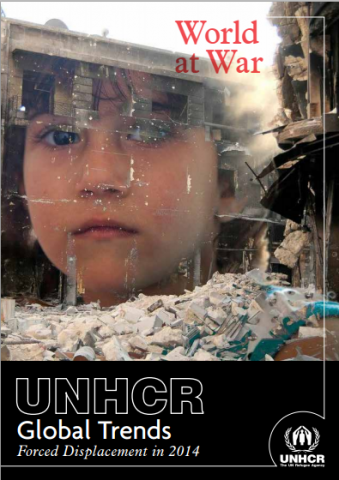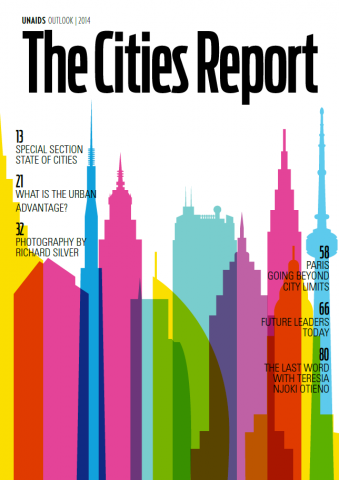E-Voucher Food Card Program by WFP/Turkish Red Crescent
Turkish Red Crescent Society partnered with the United Nations World Food Programme (WFP) to launch the e-voucher food card programme to assist thousands of Syrians who were under international protection in Turkey. The e-voucher Food Card works like a credit card, and is pre-loaded with a specific amount of money per family member twice a […]
E-Voucher Food Card Program by WFP/Turkish Red Crescent Read More »


